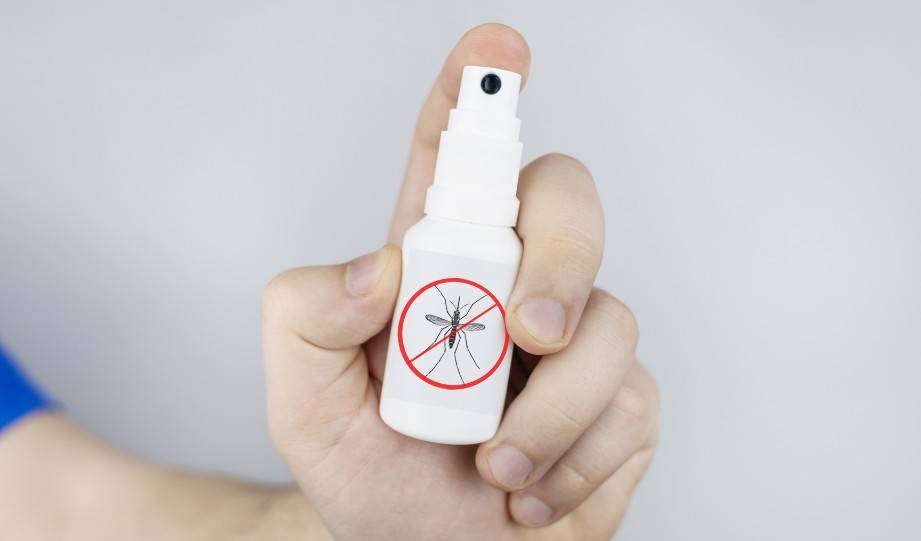In today’s world, the shift towards sustainable living is more than just a trend; it’s a necessary step towards a healthier planet and ourselves. This includes how we tackle everyday annoyances, like insects.
Traditional insect repellents, while effective, often contain harsh chemicals that many of us prefer to avoid. That’s where natural insect repellents come into play.
I remember the first time I made my own repellent. Surrounded by essential oils and herbs, I felt like a modern-day alchemist.
It was not just about keeping the bugs away; it was about taking control of what I put on my skin and into the environment. This experience was a turning point in my journey towards a chemical-free lifestyle.
What Makes an Insect Repellent "Natural"?
A “natural” insect repellent is distinguished by its use of ingredients sourced from nature, rather than synthesized in a laboratory.
This means relying on plants, herbs, and essential oils that insects find repulsive, rather than chemicals like DEET or permethrin.
The beauty of natural ingredients is not only in their effectiveness but also in their compatibility with our bodies and the environment. Chemical ingredients, while powerful, can sometimes cause skin irritation or pose long-term health risks.
In contrast, natural compounds often come with additional benefits, such as pleasant aromas and moisturizing properties, making them a cornerstone of sustainable living and eco-friendly lifestyle choices.
Key Ingredients That Bugs Hate
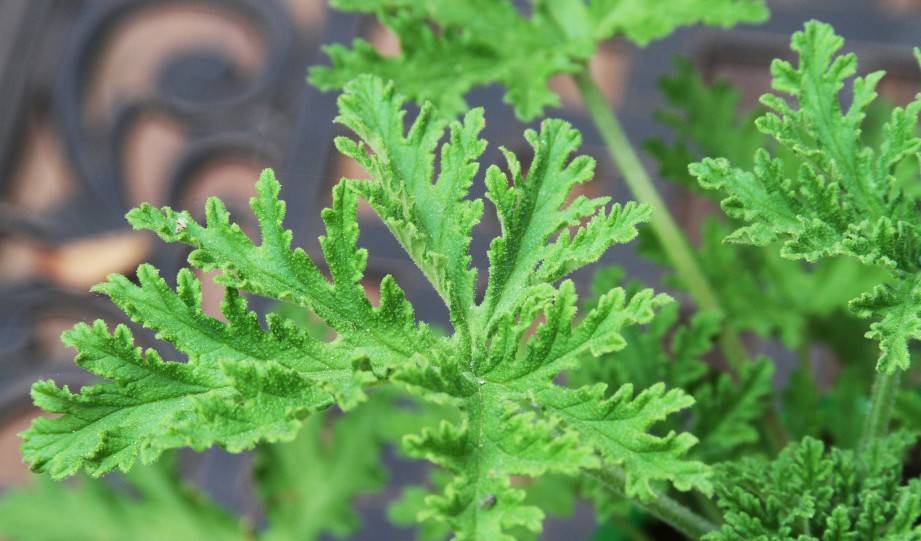
Research has spotlighted several essential oils and natural compounds as effective deterrents against insects, aligning with sustainable living practices. Citronella, eucalyptus, and lavender oils stand out for their bug-repelling properties.
Citronella is widely recognized for its ability to ward off mosquitoes, while eucalyptus oil has been noted for its efficacy against a broad spectrum of insects.
Lavender, besides its calming scent, also serves as a gentle yet powerful repellent.
Additionally, studies have shown that lemon eucalyptus oil can be particularly effective against mosquitoes, rivaling the effectiveness of traditional chemical solutions.
Another notable mention is peppermint oil, which not only repels insects but can also provide a cooling effect on the skin.
How to Enhance the Efficacy of Your Homemade Repellent
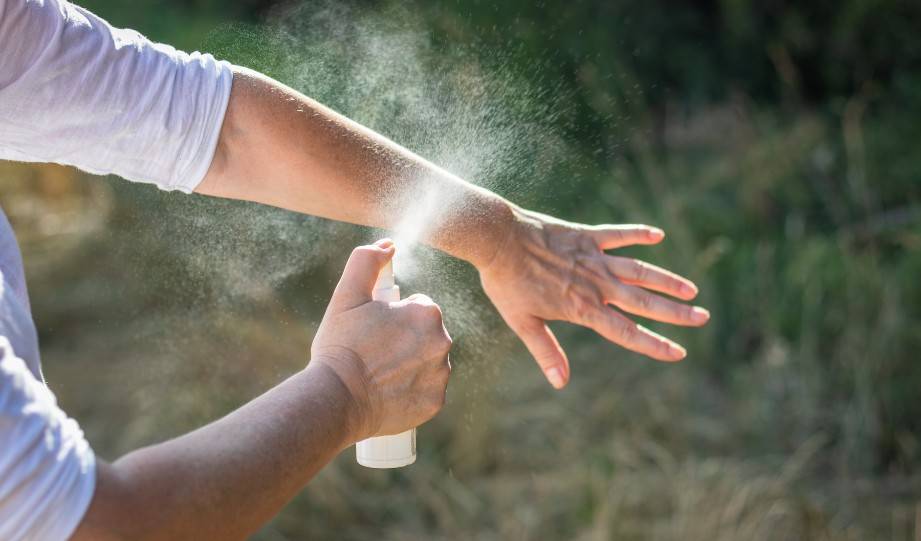
Enhancing the efficacy of your homemade repellent involves smart ingredient combinations and understanding the right concentrations.
Mixing oils that target different types of insects can broaden your repellent’s effectiveness. For instance, combining citronella, known for its mosquito-repelling properties, with peppermint, which deters ants and spiders, creates a more versatile repellent.
Concentration is key. Essential oils are potent, and their effectiveness is often dose-dependent.
A general guideline is to maintain a 5-10% concentration of essential oils in your repellent mixture.
This means adding 5-10 milliliters of essential oil to every 100 milliliters of carrier liquid, like water or vinegar, ensuring the solution is strong enough to repel insects without causing skin irritation.
Remember, natural doesn’t mean weak. Properly formulated, a DIY repellent can be just as effective as its chemical counterparts, embodying the principles of sustainable living and eco-friendly practices without compromising on performance.
Step-by-Step Guide to Making Your Own Insect Repellent
Essential Oil-Based Repellent Recipe
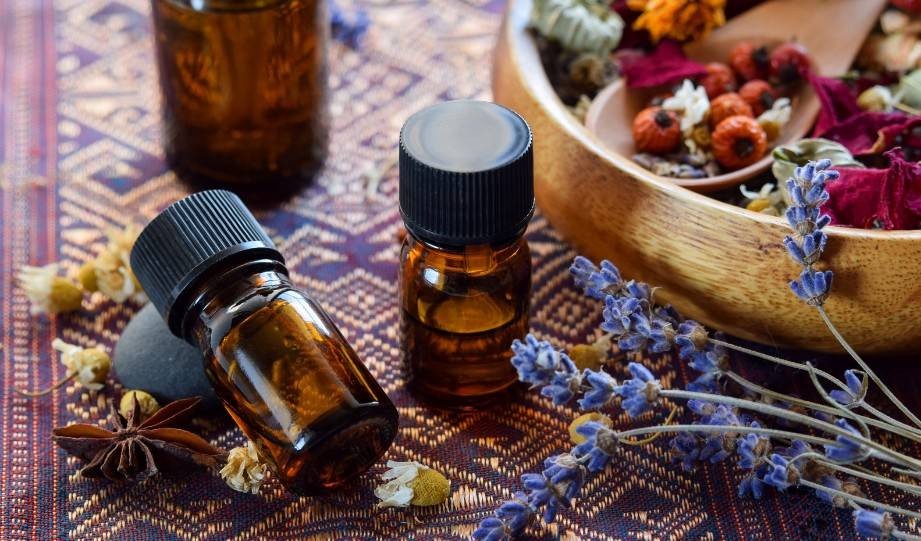
Creating your own essential oil-based insect repellent is a straightforward process that embodies the spirit of sustainable living.
Here’s a simple recipe to get you started:
Ingredients
- 50 ml of witch hazel or vodka (as a base)
- 50 ml of water
- 25 drops of citronella essential oil
- 15 drops of lavender essential oil
- 10 drops of lemon eucalyptus essential oil
- 10 drops of peppermint essential oil
Instructions
1. Combine the Base: In a clean spray bottle, mix the witch hazel or vodka with water. This mixture serves as the carrier for the essential oils, enhancing their longevity and effectiveness.
2. Add Essential Oils: Carefully add the essential oils to the spray bottle. Each oil brings its own insect-repelling properties and contributes to the overall fragrance of the repellent.
3. Shake Well: Secure the lid on the spray bottle and shake vigorously to ensure the oils are well distributed throughout the base. This ensures a consistent repellent effect across the solution.
4. Test and Use: Perform a patch test on a small area of your skin to ensure there’s no irritation. If all is well, spray generously on exposed skin and clothing, avoiding the eyes and mouth. Reapply every 2-3 hours for maximum effectiveness.
Herb-Infused Vinegar Repellent Recipe

For those seeking a non-oil alternative that still embraces the principles of sustainable living, an herb-infused vinegar repellent offers a potent solution.
This recipe leverages the natural insect-repelling properties of herbs, providing a chemical-free option for keeping pests at bay.
Ingredients
- 1 cup of white vinegar
- 1 cup of water
- 1/4 cup of fresh lavender
- 1/4 cup of fresh rosemary
- 1/4 cup of fresh mint
- 1/4 cup of fresh lemon balm
Instructions
1. Prepare the Herbs: Roughly chop the fresh lavender, rosemary, mint, and lemon balm to release their essential oils, which are key to repelling insects.
2. Infuse the Vinegar: Combine the chopped herbs with the white vinegar in a jar. Seal the jar tightly and let it sit in a cool, dark place for 1-2 weeks. This step infuses the vinegar with the herbs’ insect-repelling properties.
3. Strain and Dilute: After the infusion period, strain the herbs from the vinegar and mix the infused vinegar with an equal part of water to dilute.
4. Bottle and Use: Transfer the mixture to a spray bottle. Spray liberally on skin, clothing, or around outdoor areas where you wish to repel insects. Avoid contact with eyes and sensitive skin areas.
Using Natural Repellents Safely
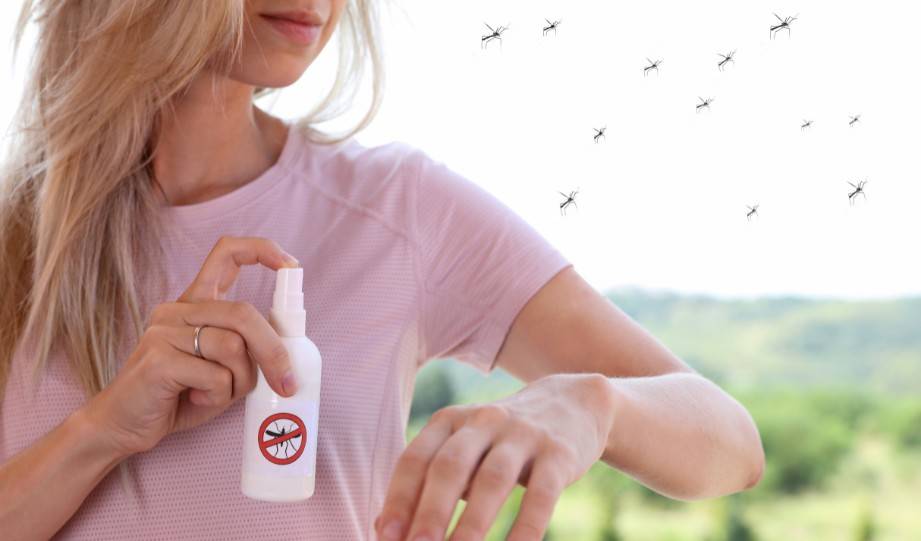
While natural repellents offer a safer alternative to chemical ones, it’s important to use them wisely to ensure they’re both effective and safe.
Application and Reapplication
Always conduct a patch test on a small skin area before full application to check for any allergic reactions.
Apply repellents sparingly and avoid sensitive areas such as eyes, mouth, and cuts.
For continuous protection, reapply every 2-3 hours, especially if you’re sweating or swimming.
Storage
Keep your homemade repellents in a cool, dark place to maintain their potency.
If using a spray bottle, ensure it’s clean and dry before filling to prevent contamination.
Proper storage not only extends the shelf life of your repellent but also ensures its effectiveness remains intact over time, embodying the principle of waste reduction in sustainable living practices.
When to Consult with a Healthcare Provider
Consulting with a healthcare provider becomes essential under certain conditions when using natural insect repellents.
If you have allergies or sensitive skin, a professional can offer guidance on which ingredients might trigger adverse reactions. This precaution ensures that your move towards chemical-free solutions remains safe and beneficial.
For those planning to use these repellents on children, it’s particularly important to seek medical advice.
Children’s skin can be more sensitive than adults’, and some essential oils may be too potent for them.
A healthcare provider can recommend safe concentrations and ingredients, ensuring the repellent is gentle yet effective for younger users, aligning with eco-friendly and health-conscious parenting practices.
Why Choose Natural Repellents?
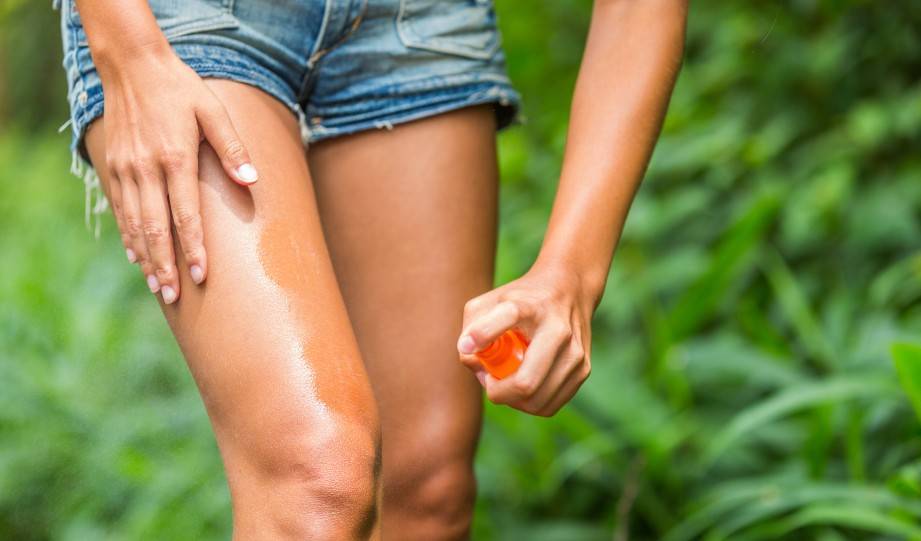
Choosing natural repellents is not just a personal preference but a conscientious decision that impacts both health and the environment.
The health benefits of using natural ingredients over chemical ones are significant. Natural repellents, made from essential oils and herbs, are less likely to cause skin irritation or allergic reactions, offering a safer alternative for those with sensitive skin or health concerns.
Moreover, these natural solutions don’t carry the risk of neurotoxicity associated with some synthetic compounds found in commercial repellents.
From an environmental perspective, natural repellents align perfectly with sustainable living goals.
Chemical repellents often contain ingredients that can harm wildlife and pollute water sources when they wash off our skin.
In contrast, the biodegradable nature of natural ingredients ensures that they break down harmlessly in the environment.
This reduction in chemical runoff protects aquatic life and maintains the health of our ecosystems, reflecting a commitment to eco-friendly lifestyle choices.
Additionally, the process of creating DIY repellents encourages a reduction in plastic waste and the carbon footprint associated with the production and transport of commercial products.
By utilizing ingredients already available at home or easily sourced from local markets, individuals can significantly reduce their environmental impact.
This practice not only contributes to waste reduction but also promotes a more sustainable consumption pattern, resonating with the ethos of reducing chemical exposure in our daily lives.
Conclusion
In conclusion, embracing natural insect repellents is a powerful step towards healthier living and environmental conservation.
We’ve explored the benefits of using essential oils and herbs, highlighted effective recipes, and discussed safety considerations to ensure your foray into DIY repellents is successful and satisfying.
I encourage you to experiment with these natural solutions, tailor them to your needs, and discover the joys of sustainable living. Share your experiences and recipes in the comments below.
Let’s create a community that supports and inspires each other towards eco-friendly practices and a chemical-free lifestyle.

